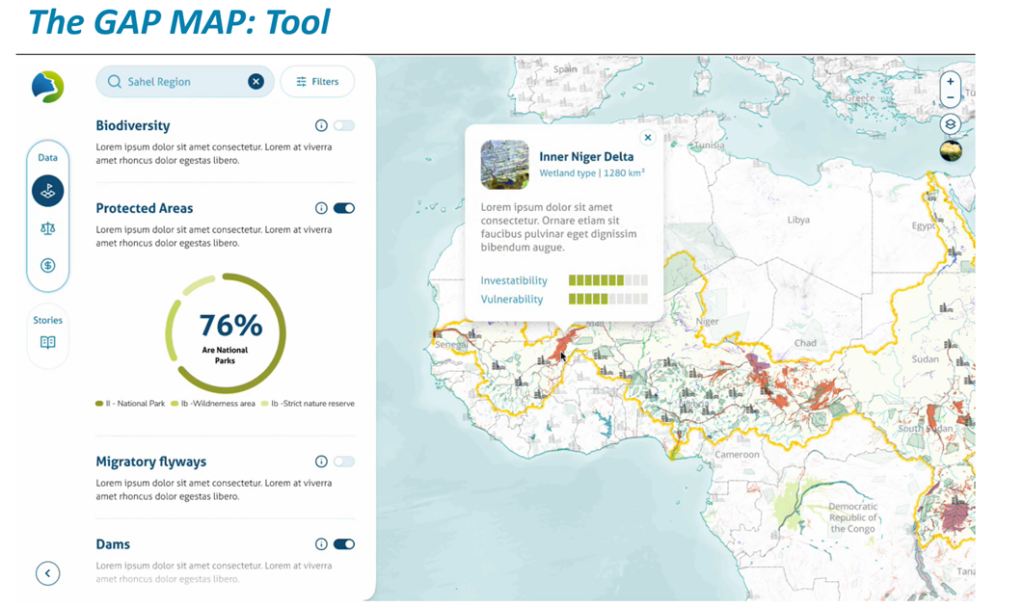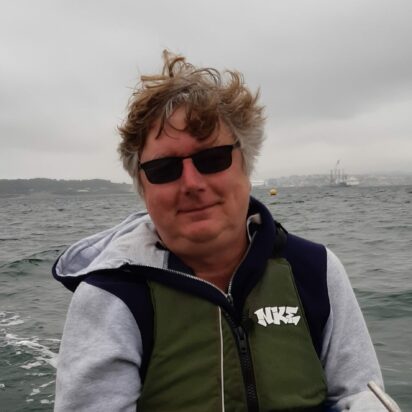
Bridging the information gap between wetlands and investments
Over the past fifty years, wetlands have drastically diminished in both area and their capacity to support life. In the name of boosting crop and livestock production, exploiting energy reserves and making way for urban development, rivers have been dammed and diverted, while wetlands have been diked and drained. The impacts have been severe.
The shrinkage and fragmentation of wetlands and disruption of ecological processes has resulted in massive and accelerating biodiversity loss, water and food shortages, devastating floods and fires, coastal subsidence and erosion. This in turn has undermined wetland-based economies, put urban areas in peril, and made some of the poorest communities in the world more vulnerable, triggering out-migration and resource conflicts. All this exacerbates, and in many places is being exacerbated by, climate change.
Incredibly, the world still lacks proper information about wetlands. At the national level, accurate, reliable, mapped wetland inventories remain a rarity. At the global level, properly joined-up databases linking wetland ecosystems with climate change, with socio-economic usage, policies and programmes, threats and opportunities, and even sometimes with freshwater biodiversity, are still remarkably poorly developed.
Inspired and emboldened by the award-winning Global Mangrove Watch, Wetlands International has embarked on an ambitious “Global Gap Map” Initiative which will fill these gaps. Gap Map gives users an interactive one-stop shop where they can see easily how, and where, and how much to invest in wetlands in order to bring a multitude of conservation, climate change, socio-economic, and peace and security benefits.

The science is clear and the social and economic cases for recovering wetlands are powerful. Wetlands offer effective nature-based solutions to global problems. And yet the information and expertise required for joined-up conservation, and effective investment, is often dispersed, frustratingly kept in separate technical or sectoral silos, insufficiently integrated or coordinated, impossible to access. Gap Map will change that.
By filling these gaps, and overlaying successive layers of policy, socio-economic, and bio-geophysical information on fit-for-purpose tailored wetland maps, the conservation and development community can collectively step up action to safeguard and restore wetlands to save nature, better capture and store water, improve food security through sustaining agriculture and fisheries, keep carbon out of the atmosphere, and safeguard cities and settlements from the worst impacts of floods and droughts.
Organisations interested in joining forces with Wetlands International – either with technical inputs, ideas for cooperation, or additional funding – are warmly invited to make contact and find out more through the addresses listed below.
By investing in our efforts, you are investing in the future of our planet, ensuring clean water sources, flood protection, and biodiversity conservation for generations to come. You are also investing in sustainable livelihoods and new income-generating opportunities for many of the world’s most vulnerable people, in many of the world’s most special places. Together, we can make a tangible difference in safeguarding these invaluable natural resources.
Contact us

